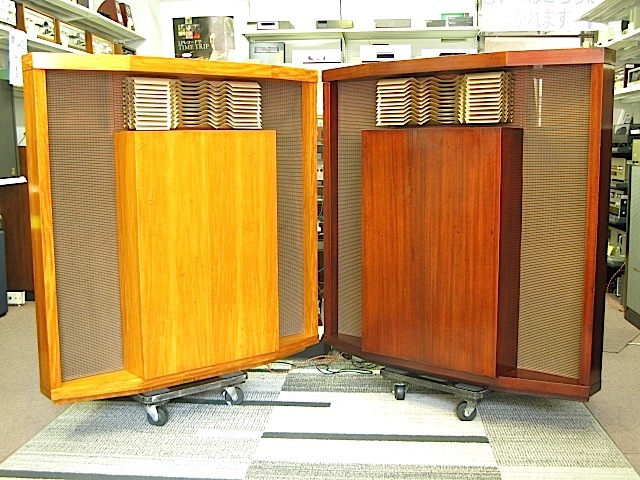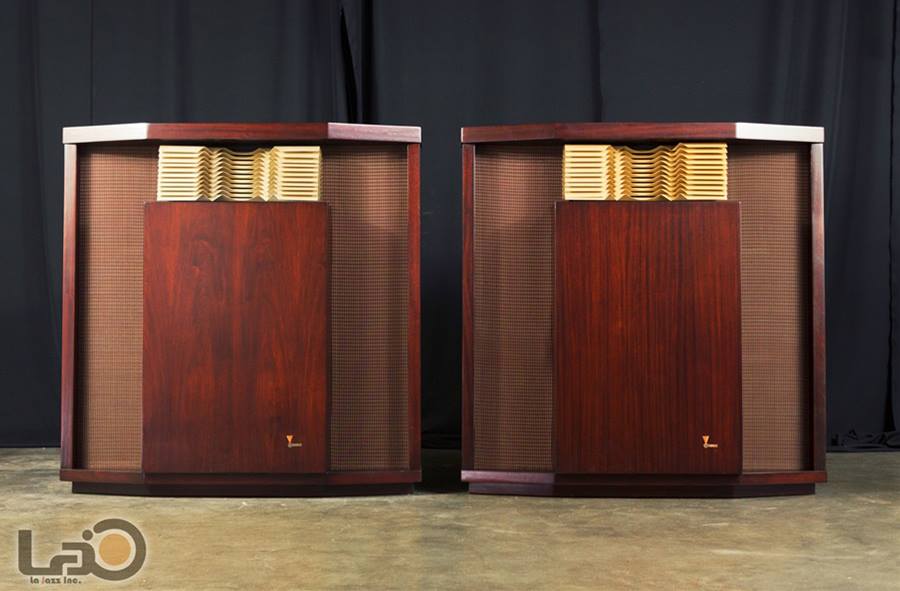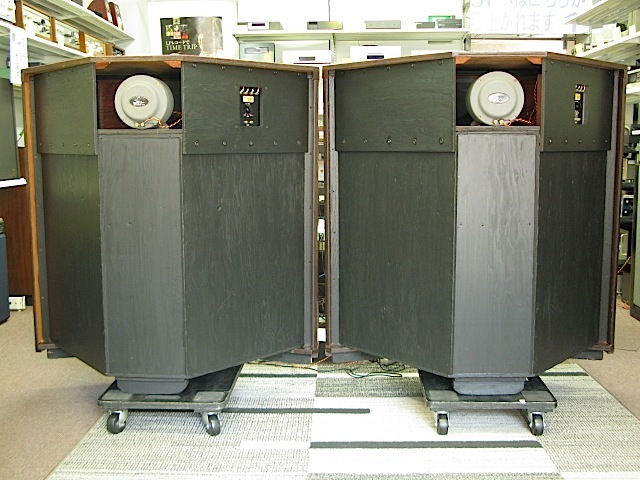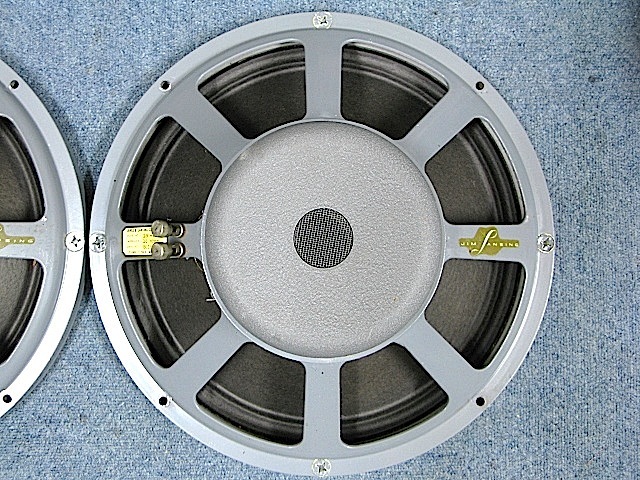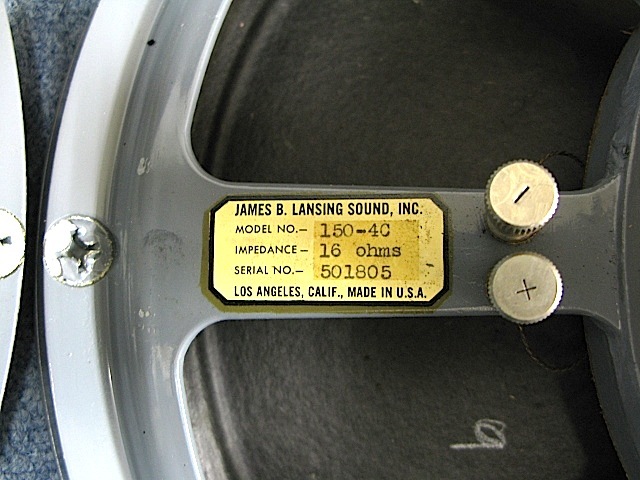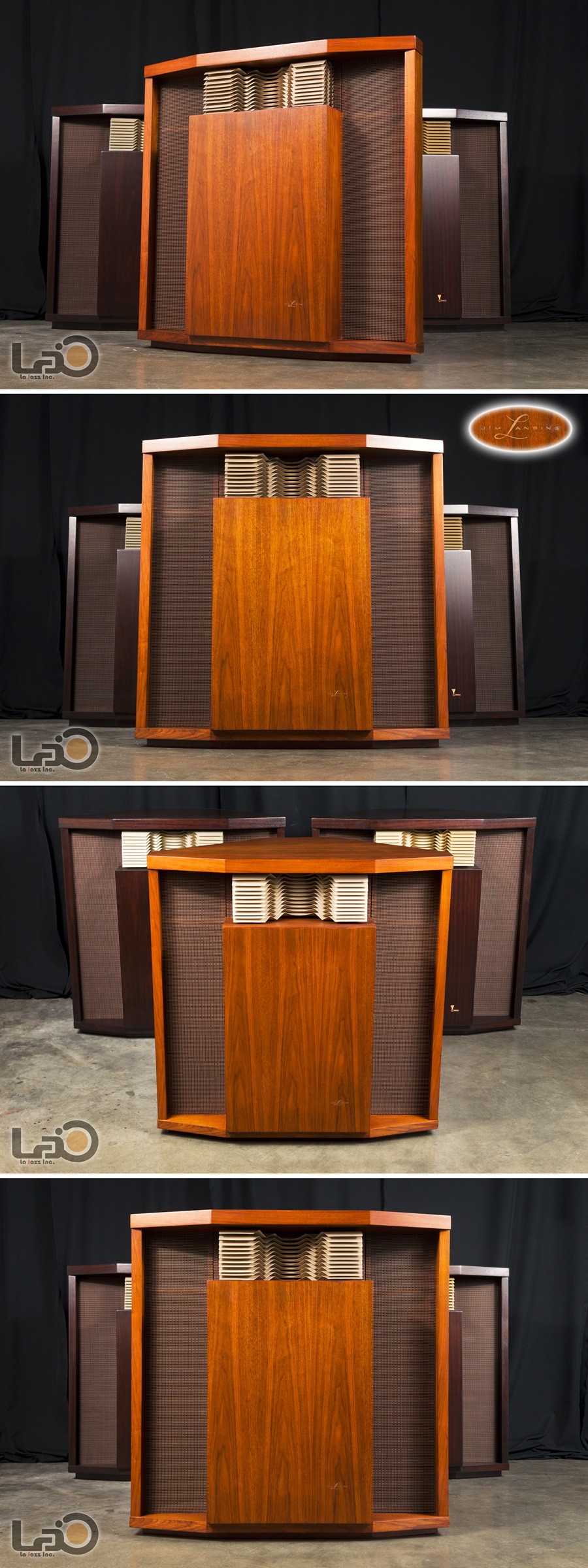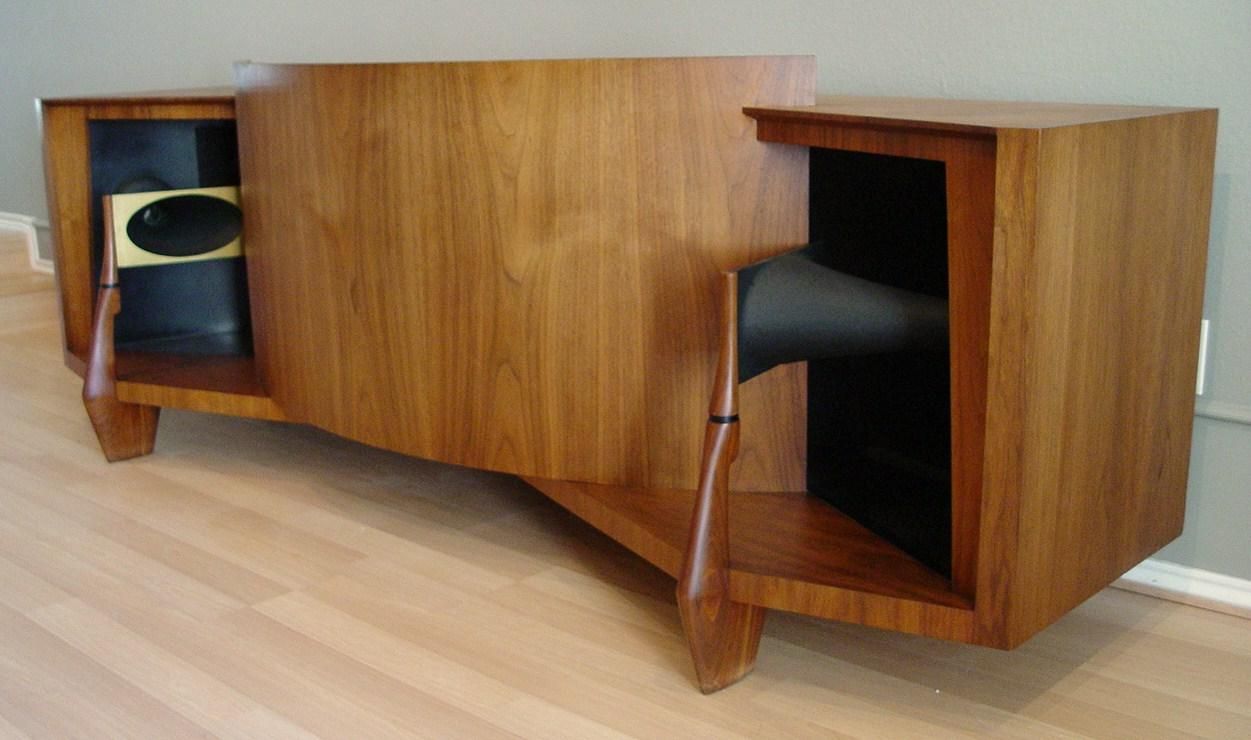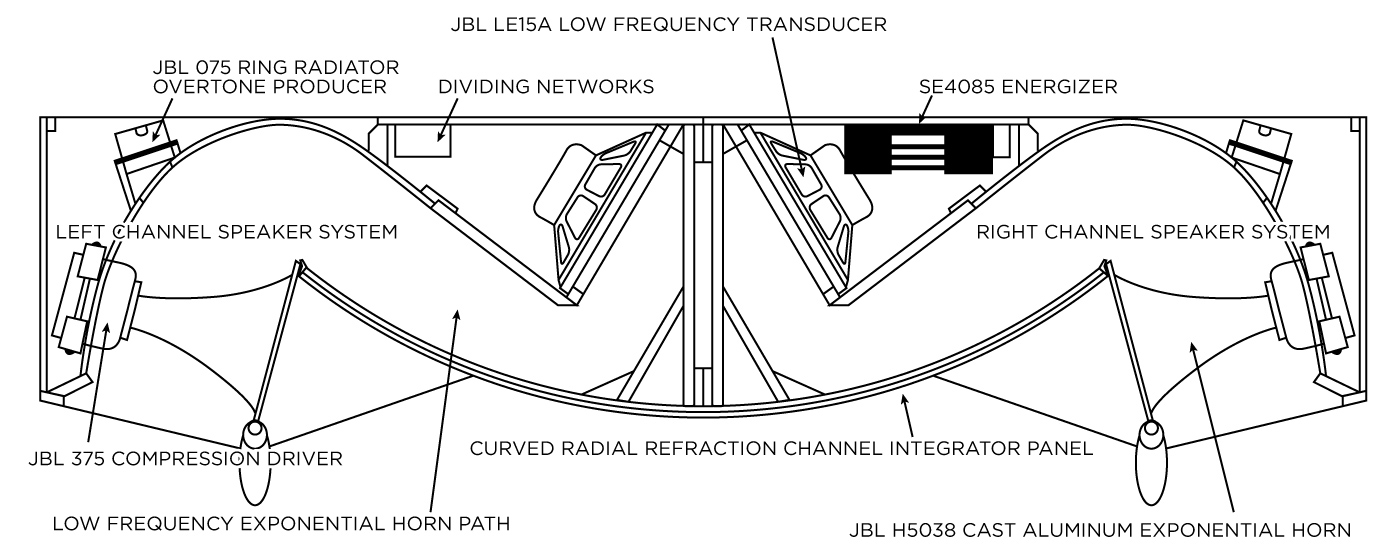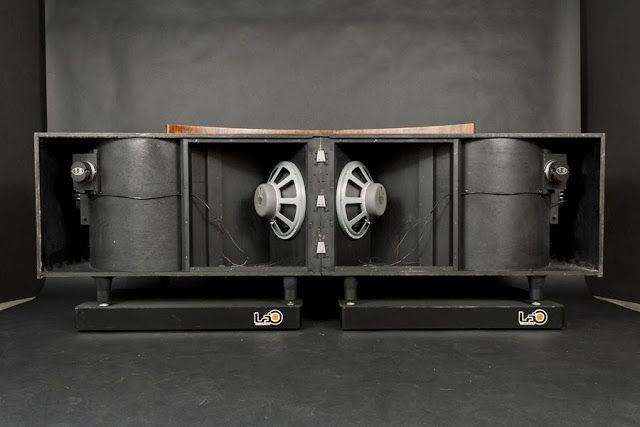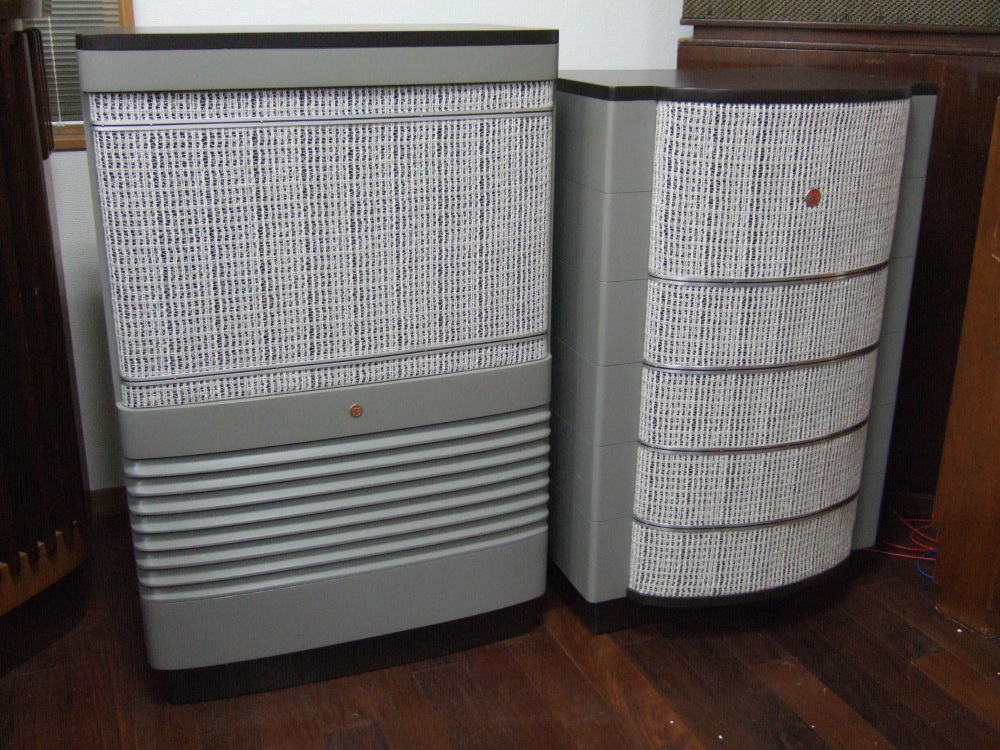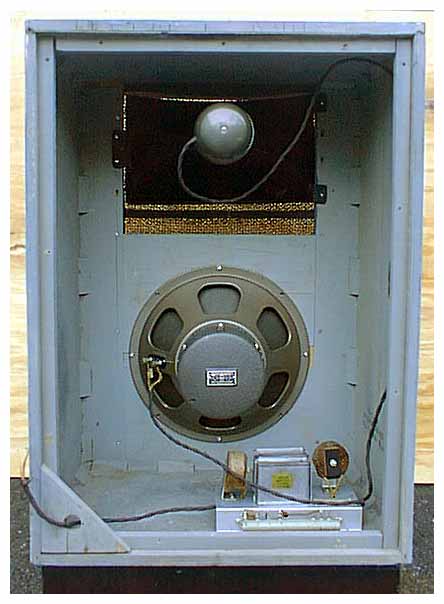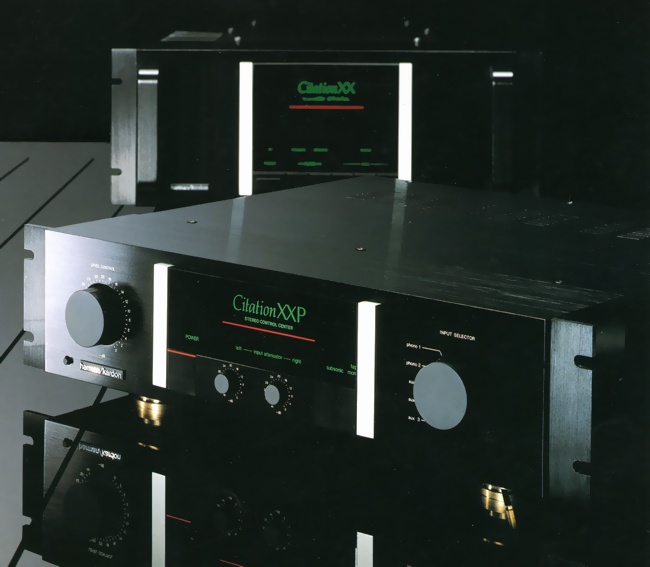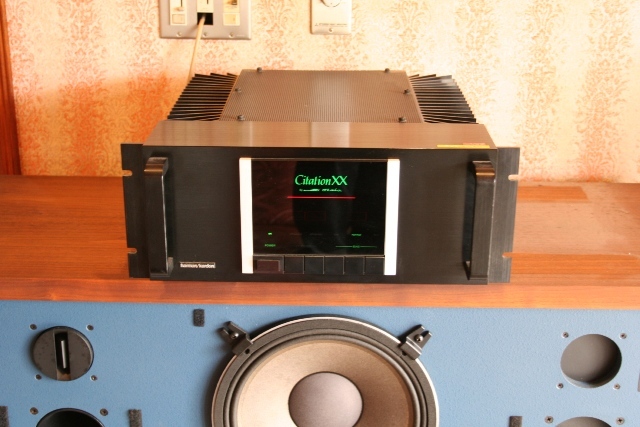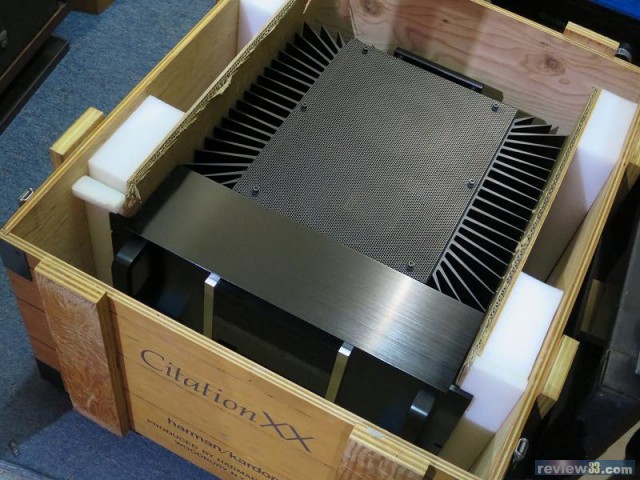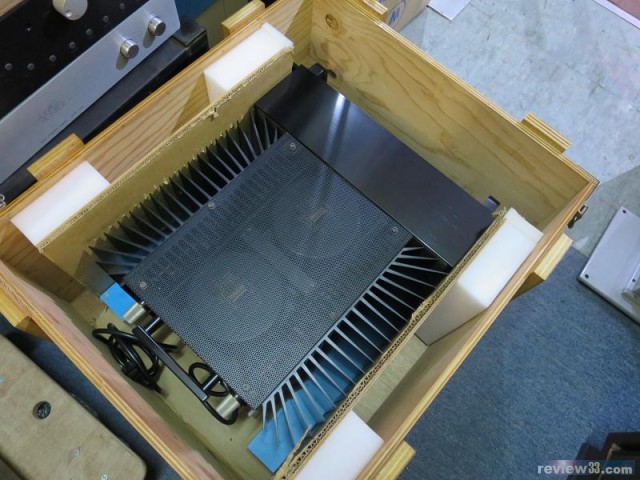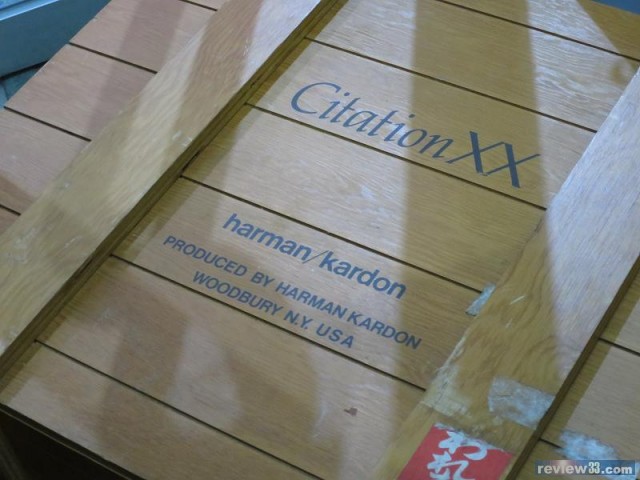Al ears
Well-known member
davedotco said:Al ears said:lindsayt said:Altec A4. 1,650,000 Yen in 1985. 290 kgs.
Cinema refurb / closing down watchlist.
The A4's are lifestyle models compared to the A2's...
A4 back left. A2 back right.
A2's were 2,680,000 Yen 1985. 528 kg!
I can clearly see why the A2's are displayed in a barn..... The A4's are obviously designed to you to build a house around rather than fit in a room. 🙂
Speakers of this type were pivotal to the developement of hi-fi speakers but thet were built for the cinema, not for the home (or barn).
The advent of sound in cinemas at the end of the 1920s was the single most important driving force in sound reproduction. The demand was enormous and the requirements of the cinemas were what drove the industry. Power amplifiers, valve of course, were fairly modestly powered and the bandwidth of the cinema soundtrack was not wide. This lead to the kind of speakers shown in Lindsayt's post, Altec being the market leaders in the '30s and '40s.
Despite their size, they were not built for bass extension, rather for mid bass efficiency which could easily surpass 100dBw and lead to the classic 'bin and horn' loudspeaker systems that held sway in professional applications through to the end of 1970s.
High sensitivity and controlled directivity were the order of the day and of course form follows function. With the advent of 'music in the home' after the second world war these were the starting point for home speakers. Systems were mono in those days so the developement of corner horns by Paul Klipsch and James Lansing were some of the first speakers designed specifically for home use.
The advent of stereo was the first factor to drive down size to something more useable, horn loading the bass drivers gave way to more compact reflex enclosures and the latest versions of those designs can be seen in the JBL Everest models shown above. Back in the mid '70s I owned several JBL 15 inch and horn systems, most notably my 4332 studio monitors.
Yes, I know... I was attempting a joke #failed #obviously


